Mysterious blue 'aurora' over Lapland surprises skywatchers (photos)
"This event was unlike anything we have ever seen."
On Thursday (Nov. 3) a mysterious blue ribbon of light appeared in the skies over Abisko, a small village in the heart of Swedish Lapland.
"Our team of photographers has been photographing the night sky for more than a decade and this event was unlike anything we have ever seen," said Chad Blakley, the director of the aurora tour company Lights over Lapland.
At first, skywatchers believed it was an aurora, albeit a very strange one. But as the minutes passed they watched the blue light remain stationary — a stark contrast to the green aurora dancing around it. It was then they realized the blue glow was something rather unique.
Related: Where to see the northern lights: 2022 aurora borealis guide
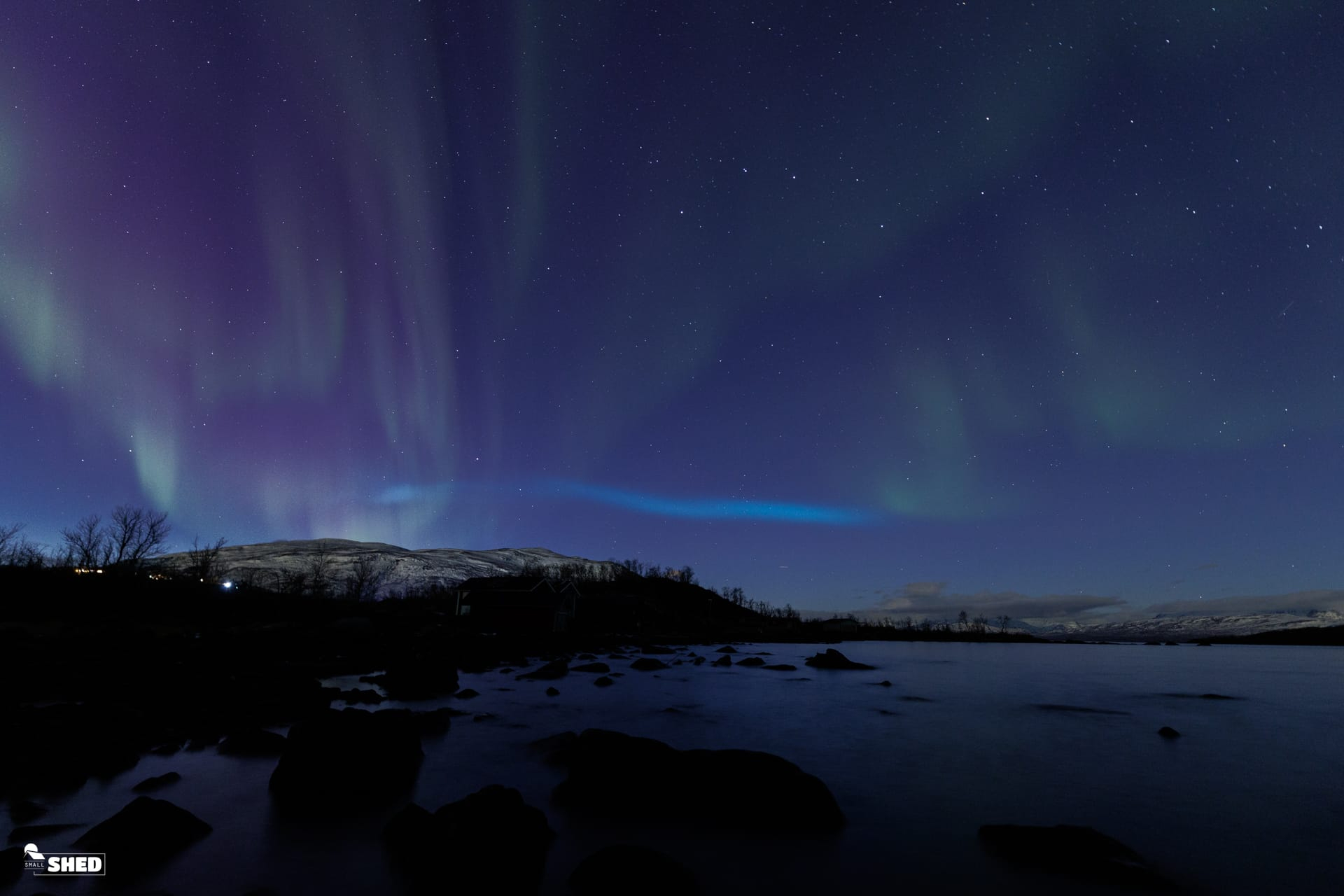
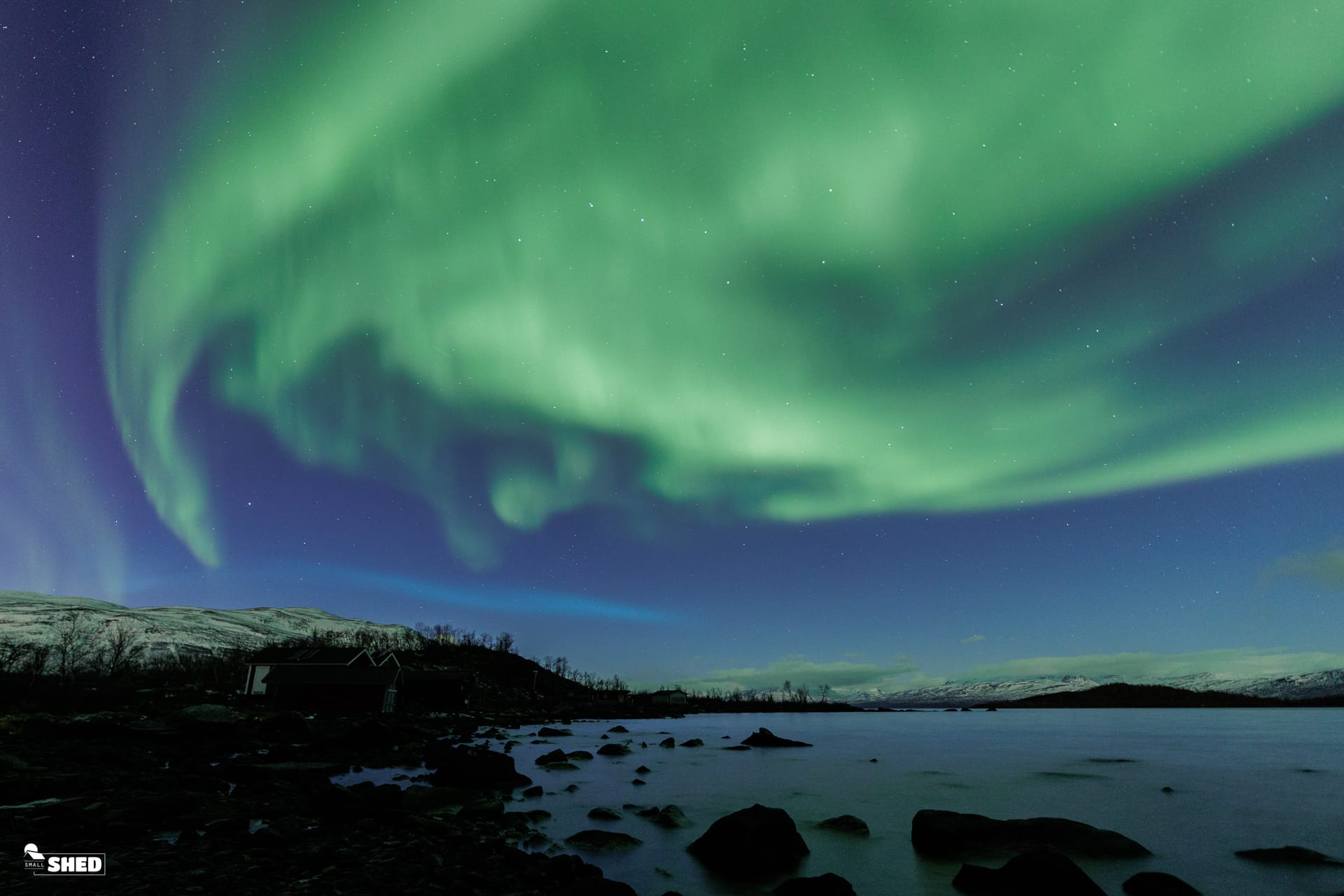
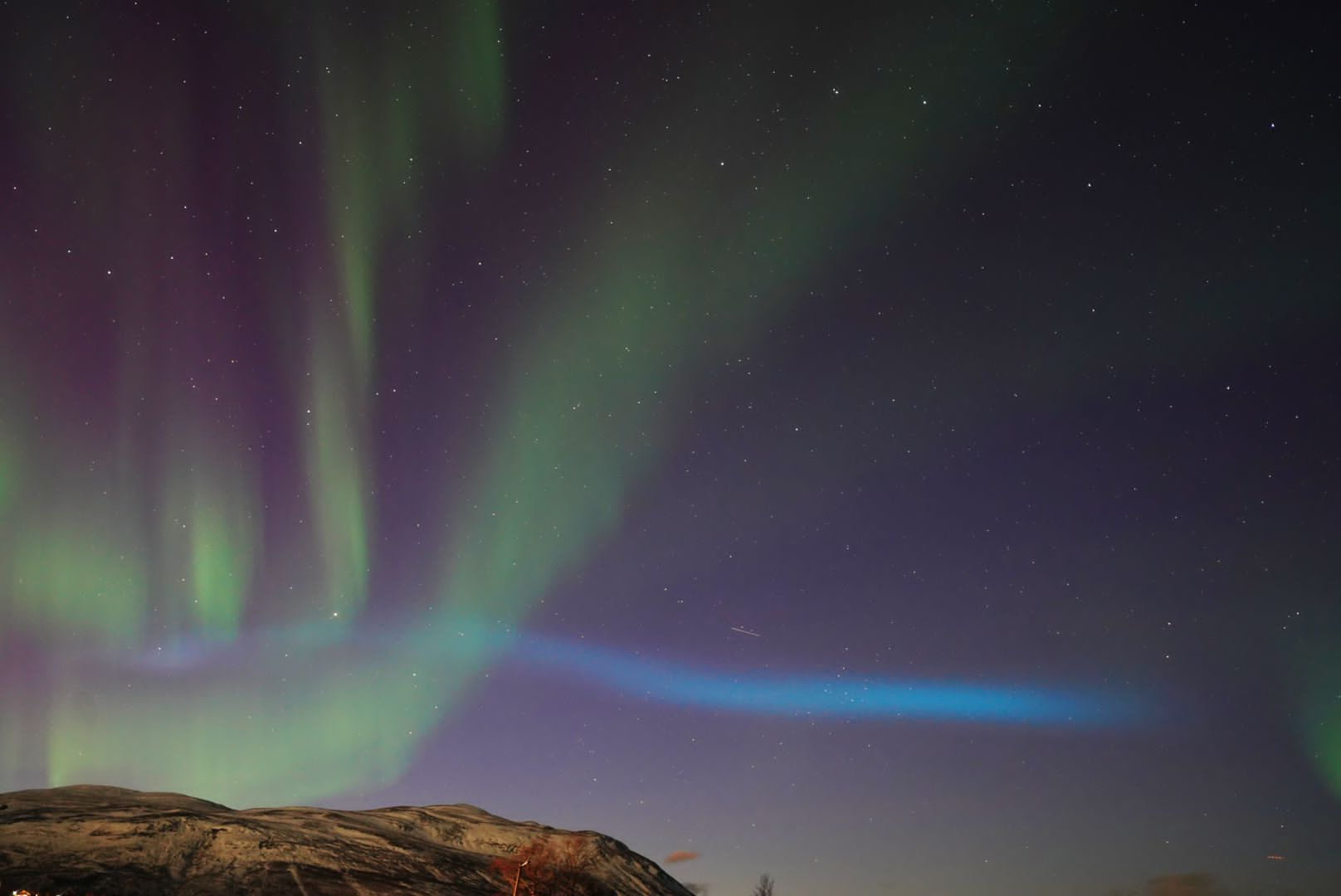
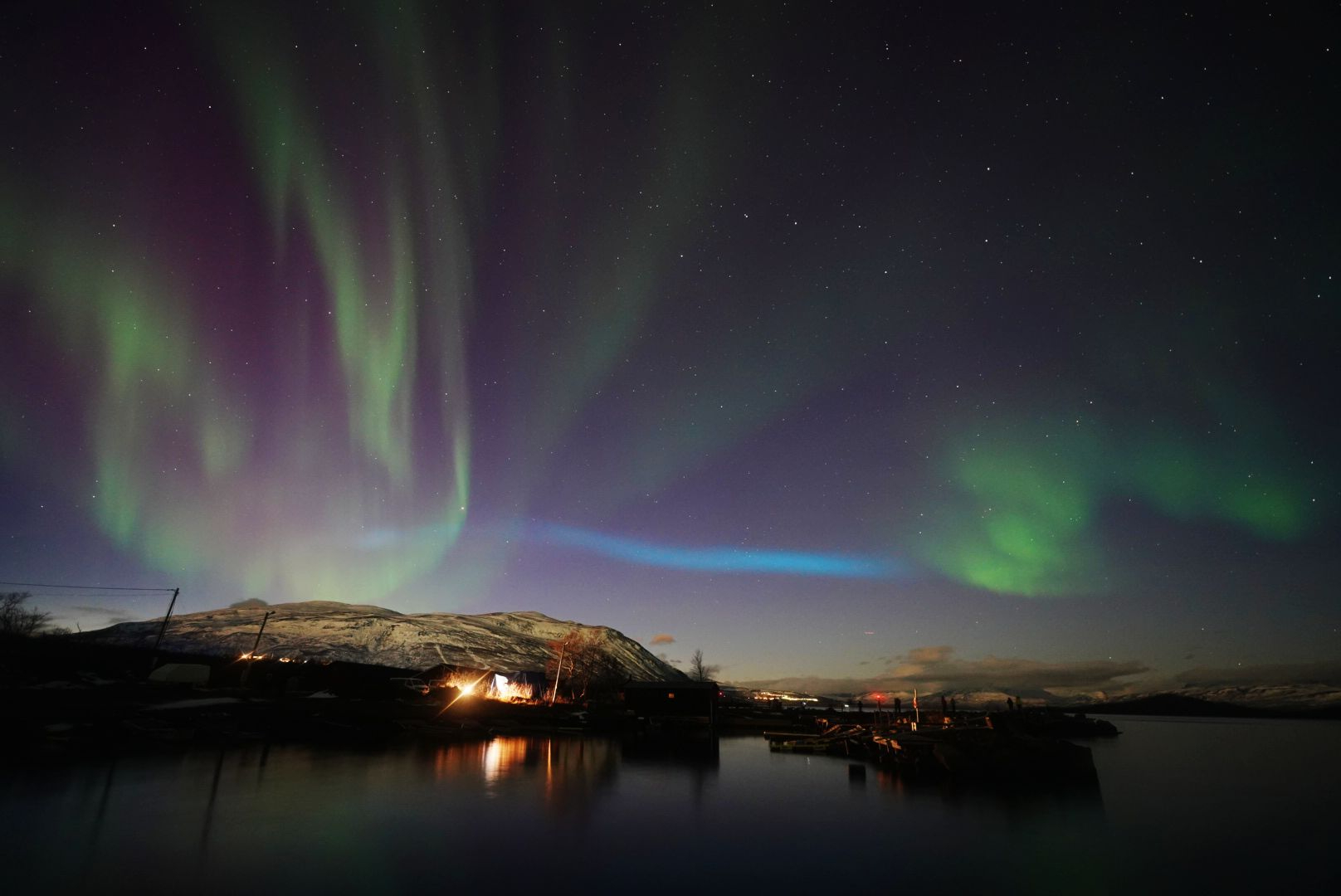
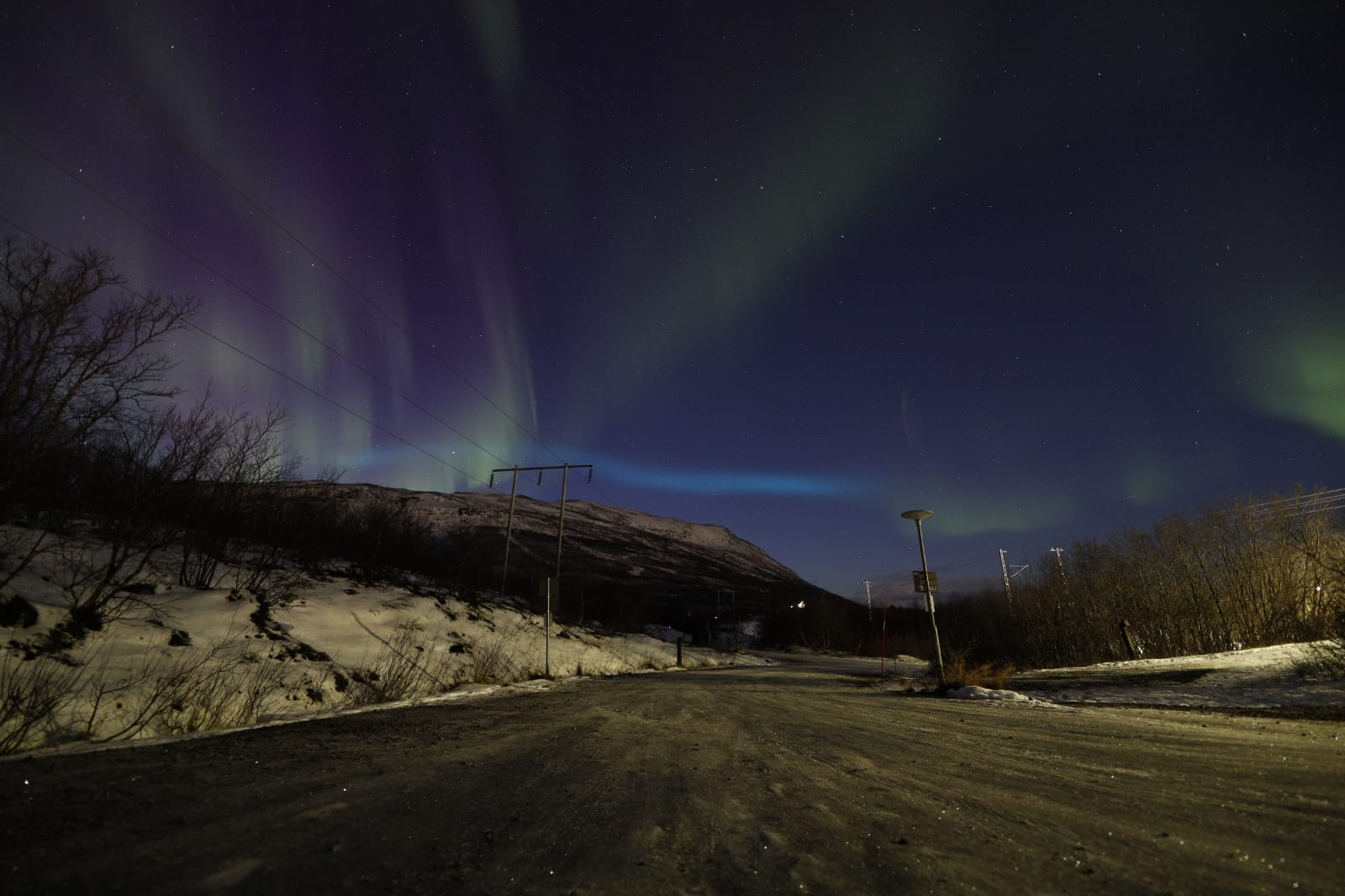
The northern lights, or aurora borealis, are caused when energized particles from the sun slam into Earth's upper atmosphere — the ionosphere — and are redirected towards the poles by Earth's magnetic field. The colors are dictated by the chemical composition of Earth's atmosphere, with green produced by oxygen molecules and red by nitrogen.
Knowing this was no ordinary aurora, Blakley reached out to experts in the field to try and ascertain what could be causing the strange light show.
"My first port of call was Dr. Tony Phillips of spaceweather.com," said Blakley. "Dr Phillips is an old friend of mine, and he was as puzzled by the blue glow as I was."
Get the Space.com Newsletter
Breaking space news, the latest updates on rocket launches, skywatching events and more!
According to Blakely, Phillips continued to reach out to other experts in the field and eventually came to the conclusion that the odd blue aurora was possibly caused by a Russian submarine testing ICBMs (Intercontinental ballistic missiles).
Several news reports from the Eurasian Times and Reuters reported that on the same day as the blue "aurora", Russia had successfully test-fired a Bulava ballistic missile from the Russian nuclear-powered submarine Generalissimus Suvorov in the White Sea.
This isn't the first time a missile test has possibly caused such a strange "aurora" light show. According to spaceweather.com on Oct. 27, 2017, similar blue ribbons were observed in the skies above the Arctic Circle, after Russia launched a number of missiles during a battle drill.
If you hope to see the northern lights yourself, check out our guide on where and how to photograph the aurora. And if you're hoping to capture them on camera, consider our picks for the best equipment for aurora photography and how to edit aurora photos. If you need equipment, our roundups for the best cameras for astrophotography and best lenses for astrophotography can help make sure you're ready for the next aurora event.
Unable to attend an aurora light show in person? Light over Lapland also hosts the longest-running aurora webcam on Earth. It has been capturing still images of the night sky every five seconds for more than a decade. You can view images from this webcam and also a real-time high-definition aurora webcam on their website.
Follow us on Twitter @Spacedotcom and Facebook.
Join our Space Forums to keep talking space on the latest missions, night sky and more! And if you have a news tip, correction or comment, let us know at: community@space.com.

Daisy Dobrijevic joined Space.com in February 2022 having previously worked for our sister publication All About Space magazine as a staff writer. Before joining us, Daisy completed an editorial internship with the BBC Sky at Night Magazine and worked at the National Space Centre in Leicester, U.K., where she enjoyed communicating space science to the public. In 2021, Daisy completed a PhD in plant physiology and also holds a Master's in Environmental Science, she is currently based in Nottingham, U.K. Daisy is passionate about all things space, with a penchant for solar activity and space weather. She has a strong interest in astrotourism and loves nothing more than a good northern lights chase!









